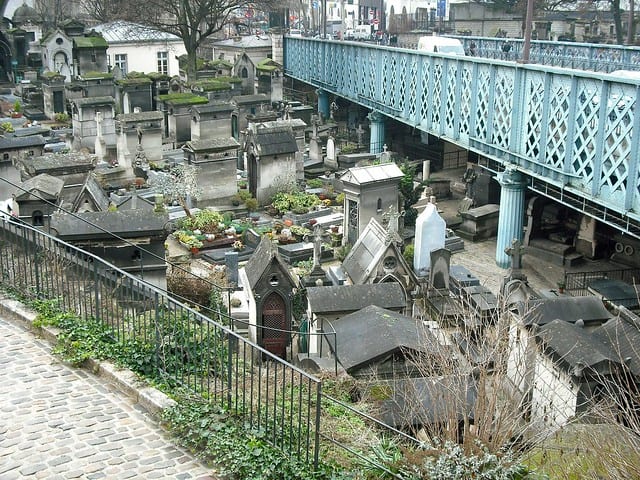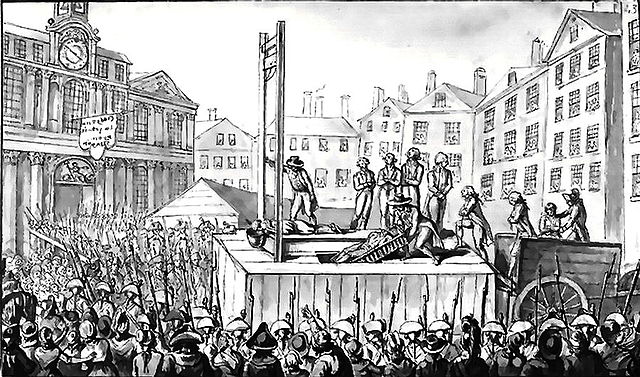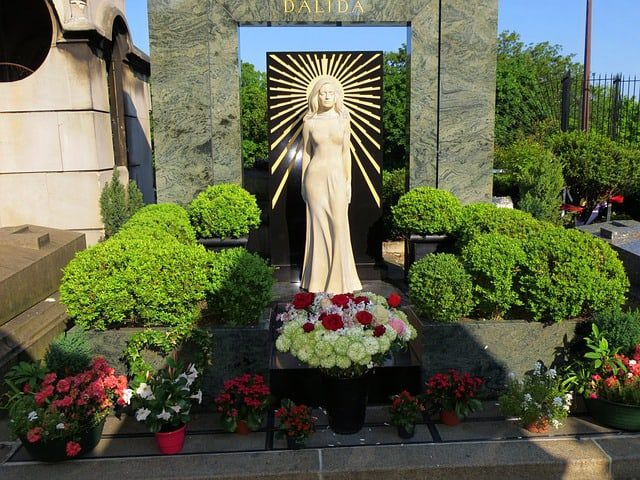Top 5 Reasons the Montmartre Cemetery is So Special
I bet you’ve never thought of going to a cemetery for a nice stroll. Or, maybe you have, no judgement here! I personally had never thought of it before I moved to Paris. Enter: the Père Lachaise, the Montparnasse Cemetery, and of course, the Montmartre Cemetery.
If you’re looking for a beautiful and peaceful place to wander in Paris, you’ve found in in one of these three cemeteries. All of them are filled with world famous French and international stars, and the scenery is pretty remarkable as well.
Today, I’m going to be filling you in on the Montmartre Cemetery and what makes it so special. Keep reading, and save this article for your next trip to Montmartre!
Practical Information
Entry fee: Free
Opening hours: Monday-Friday 8am-6pm, Saturday 8:30am-6pm, Sunday 9am-6pm
Address: 20 Avenue Rachel, 75018 Paris
Metro station: Place de Clichy / Blanche
1. The Montmartre Cemetery is the third largest in Paris
I’ve already briefly mentioned the other major cemeteries in Paris: Père Lachaise and the Montparnasse cemetery. The first is probably the most famous cemetery in Paris, and for good reason! The Père Lachaise is massive in size, and houses some greats such as Jim Morrison and Edith Piaf. In total, there are over 1 million people buried in the Père Lachaise.
The Montparnasse Cemetery is more similar to the Montmartre Cemetery in terms of set up: the two are often compared for their romantic layout and rambling paths. Inside the Montparnasse Cemetery, you will find over 40,000 graves. Here, you can pay homage to greats like Charles Baudelaire and Simone de Beauvoir, who is buried with her life partner Jean-Paul Sartre.
But, enough about these other cemeteries, let’s continue on with the Montmartre Cemetery! There are 20,000 plots nestled among cobblestone paths and flower beds. I’ll elaborate more later on which graves you can visit.
2. The Montmartre Cemetery was opened to prevent overcrowding in cemeteries in Paris
If you’ve read any of our other blogs that touch on the history of Paris, you know that the city was…less than sanitary back in the day. The streets were quite dirty, apartments were crowded and there was always the burning question: what to do with the bodies when people died?
In the early 19th century, local parish cemeteries were beginning to become more and more crowded. In response to this, the city of Paris decided to open up four cemeteries that were, at the time, located outside the city’s walls. They were the Père Lachaise in the east, the Passy Cemetery in the west, the Montparnasse Cemetery in the south, and the Montmartre Cemetery in the north.
The cemetery officially began accepting bodies on January 1, 1825. It was originally named La Cimetière des Grandes Carrières (Cemetery of the Large Quarries in English).
3. The Montmartre Cemetery is one of the largest gardens in Paris
Many visitors come to check out the Montmartre Cemetery for it’s beautiful greenery, flowers and sculptures. Understandably so, as the Montmartre Cemetery is considered to be one of the largest gardens in Paris! The area of the cemetery is nearly 11 hectares.
There are over 780 trees in the Montmartre Cemetery, ranging from maple trees and lime trees to chestnuts.
Not only is there a ton of greenery to take in, the headstones and sculptures surrounding the graves are really unique and beautiful. Many different styles of art can be found within the cemetery, including Art Nouveau, Egyptian, Gothic and Renaissance, to name a few!
4. The royals killed during the Reign of Terror were buried in the Montmartre Cemetery
If you’re anything like me, you have a bizarre interest in the French Revolution and the Reign of Terror that followed it. The fact that the French population revolted against their monarchs and won is something that really stands out for me in French history.
As I started to learn more and more about the Revolution, something I asked myself was “where did they put all of the bodies after they were guillotined?” Am I weird? The short answer is yes, but I think it’s a legitimate question! Well, I found my answer when I started to research this article.
The Montmartre Cemetery was created in an old quarry located outside of Paris. This turned out to be an ideal spot for the mass grave needed for all of the beheaded nobles. During the Reign of Terror, from 1793-1794, about 40,000 people were killed. They ultimately were put to rest in the Montmartre Cemetery!
Ironically, the Royal Executioner of France, who was responsible for beheading King Louis XVI is also buried in the Montmartre Cemetery. His name is Charles Henri Sanson, and seeing as though executing was something of a family trade, his son Henri beheaded Marie Antoinette after being sworn in as an executioner in 1778. Talk about things coming full circle.
5. You can find many writers and artists in the cemetery
Beheaded royals and their executioner aren’t the only ones who found their resting place in the Montmartre Cemetery. Another big reason why visitors from all around the world come to the cemetery to pay their respects is that a lot of famous people are buried there.
Here is a short list of the famous writers and artists you will find in the Montmartre Cemetery:
- Edgar Degas, French painter;
- François Truffaut, French director who headed the Nouvelle Vague movement in film;
- Alexandre Dumas, French writer who wrote for The Three Musketeers;
- Dalida, world famous popstar;
- La Goulue, also known as Louise Webe, French dancer at the Moulin Rouge who is said to have invented the can-can dance;
- Marie-Antoine Carême, French chef who founded haute cuisine;
- Hector Berlioz, French music composer;
- The original tomb of Émile Zola, French author, before he was eventually moved into the Panthéon.
Conclusion
Who knew a cemetery could be so interesting! Well, dear readers, now you know! If you have a trip to Paris in the works, I definitely recommend you block out a few hours to explore the Montmartre Cemetery.
If you want to explore Montmartre with one of our local guides, I definitely recommend doing that too! We have three options: our free Montmartre tour which will take you from the Moulin Rouge up to the Sacré Coeur, our Sunset Montmartre Champagne tour, where you can enjoy an amazing view with some delicious champagne, and our #1 Food Tour in Montmartre, where you’ll explore the neighborhood with a French foodie. There’s something for everyone!
Planning a trip to Paris ? Get ready !
These are Amazon’s best-selling travel products that you may need for coming to Paris.
Bookstore
- The best travel book : Rick Steves – Paris 2023 – Learn more here
- Fodor’s Paris 2024 – Learn more here
Travel Gear
- Venture Pal Lightweight Backpack – Learn more here
- Samsonite Winfield 2 28″ Luggage – Learn more here
- Swig Savvy’s Stainless Steel Insulated Water Bottle – Learn more here
Check Amazon’s best-seller list for the most popular travel accessories. We sometimes read this list just to find out what new travel products people are buying.


















